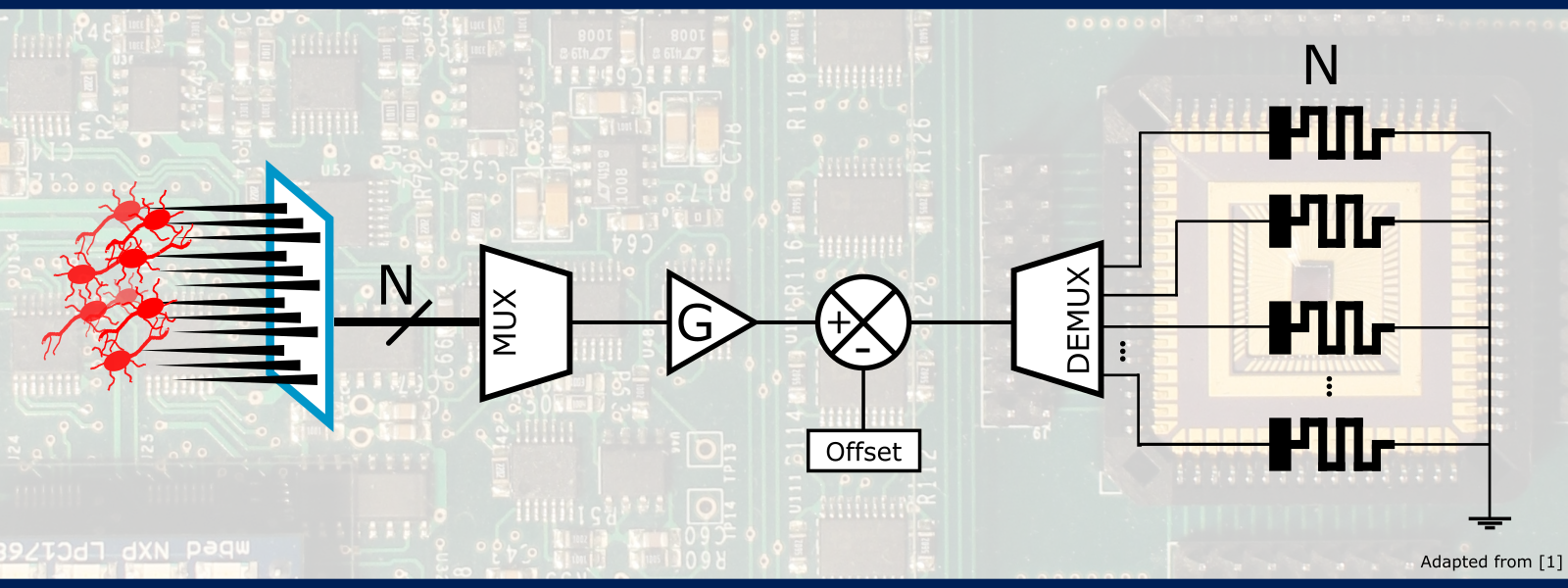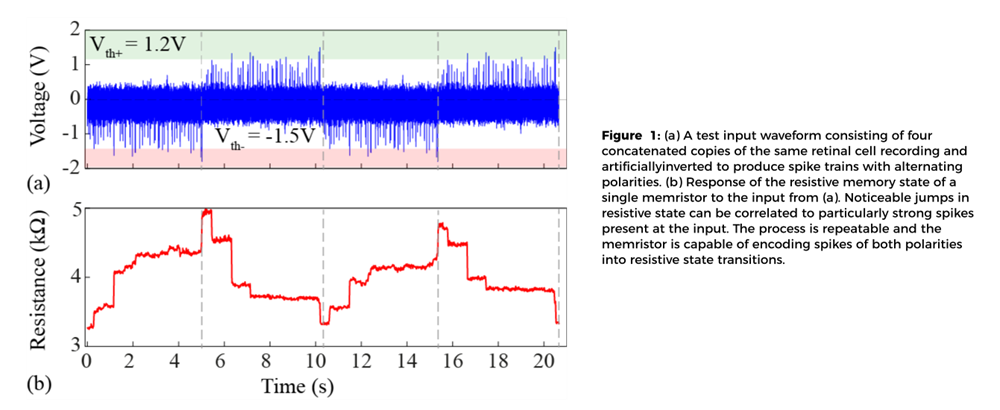ArC ONE enabling cutting-edge bioelectronics research

New research, led by the University of Southampton, has demonstrated that memristive devices could be the “missing link” in the development of implants that use electrical signals from the brain to help treat medical conditions. Implantable neural interfaces are currently limited in functionality due to bandwidth and power constrains that overall prohibit the up scaling of recording sites.
In the experiment, electrophysiological data recorded from a multi-electrode array monitoring a cell culture was passed to the ArC ONE platform. The instrument then automatically applied gain and offset to the signals from each channel, fed the resulting waveforms to the corresponding memristive devices and assessed the time evolution of the memristors’ resistive states.
Acting like simple neurons in the brain, the metal-oxide memristors were able to encode and compress (up to 200 times) neuronal spiking activity recorded by multi-electrode arrays (MEA). This was achieved by exploiting the intrinsic properties of the devices to transduce sudden spikes in their input voltages into changes in their resistive states. Thus, the complex operation of extracting useful information for typical, noisy biosensor signals as shown in Fig. 1(a) was achieved within a single component. The research also indicated that besides addressing the bandwidth constraints, this approach was also very power efficient, with prospects of lowering the power needed to operate a recording channel down to the double-figure nW range, i.e. up to 100 times less vs current best practice.

The degree of automation allowed the researchers to successfully demonstrate that the memristive devices react to the electrophysiological signals by encoding neural spikes as changes in resistive state, i.e. every time a neural spike appears the resistive state of its corresponding memristor changes significantly. Experimental results illustrating the expected reaction of a memristive array to input arriving from a contiguous 16×14 pixel MEA are shown in Fig. 2, where three clusters of activity indicate the presence of three neurons.

Read the paper: I. Gupta, A. Serb, A. Khiat et al. “Real-time encoding and compression of neuronal spikes by metal-oxide memristors” Nature Communications, 7, 12805 (2016)
